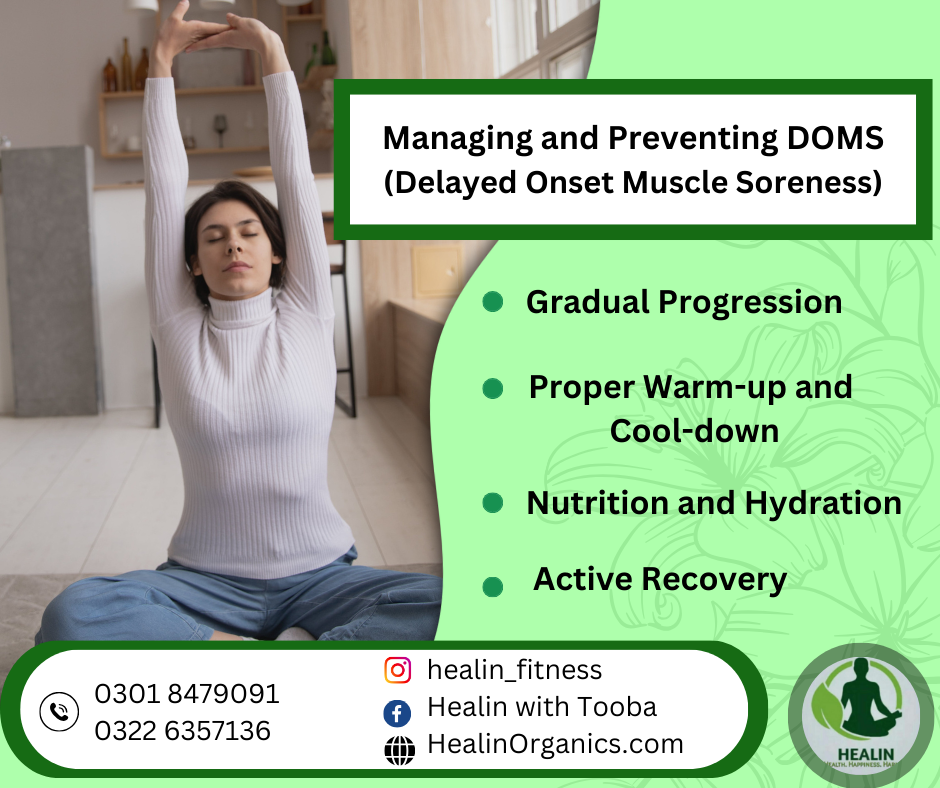Delayed Onset Muscle Soreness, commonly known as DOMS, is a phenomenon that many individuals experience after engaging in unfamiliar or intense physical activity. While the soreness can be uncomfortable, it is essential to recognize that DOMS is a natural response of the body to exercise. In this blog, we will delve into the science behind DOMS, exploring its causes, symptoms, and effective ways to manage and prevent it.
What is DOMS?
DOMS typically manifests as muscle pain and stiffness 24 to 72 hours after strenuous exercise. Contrary to popular belief, it is not caused by the accumulation of lactic acid. Instead, DOMS is associated with microscopic damage to muscle fibers and the surrounding connective tissues during eccentric (lengthening) contractions.
The Microscopic Damage:
1. Mechanical Stress:
During intense exercise, especially eccentric movements like lowering weights or downhill running, muscles undergo mechanical stress. This stress leads to the disruption of muscle fibers at a microscopic level.
2. Inflammatory Response:
The body responds to this microtrauma by initiating an inflammatory response. This involves the release of inflammatory mediators, such as cytokines and prostaglandins, which contribute to the soreness and swelling associated with DOMS.
Symptoms of DOMS:
Muscle Pain: The primary symptom of DOMS is pain in the affected muscles.
Stiffness: Individuals may experience stiffness, making movement uncomfortable.
Swelling and Tenderness: Inflammatory processes may lead to localized swelling and tenderness.
Managing and Preventing DOMS:
1. Gradual Progression:
Gradually increasing the intensity and duration of exercise allows the muscles to adapt, reducing the likelihood of severe DOMS.
2. Proper Warm-up and Cool-down:
A thorough warm-up and cool-down routine can help prepare the muscles for exercise and aid in the recovery process.
3. Nutrition and Hydration:
Proper nutrition, including sufficient protein intake, supports muscle repair and recovery. Staying hydrated is also crucial.
4. Active Recovery:
Engaging in light exercise on rest days can enhance blood flow, promoting recovery without causing additional stress to the muscles.
Conclusion:
Understanding the science behind DOMS empowers individuals to approach exercise with a balanced perspective. While the soreness may be uncomfortable, it is a natural part of the muscle adaptation process. By incorporating gradual progression, proper nutrition, and effective recovery strategies, individuals can minimize the impact of DOMS and enjoy the long-term benefits of a consistent exercise routine.










